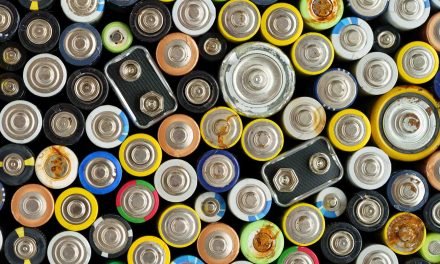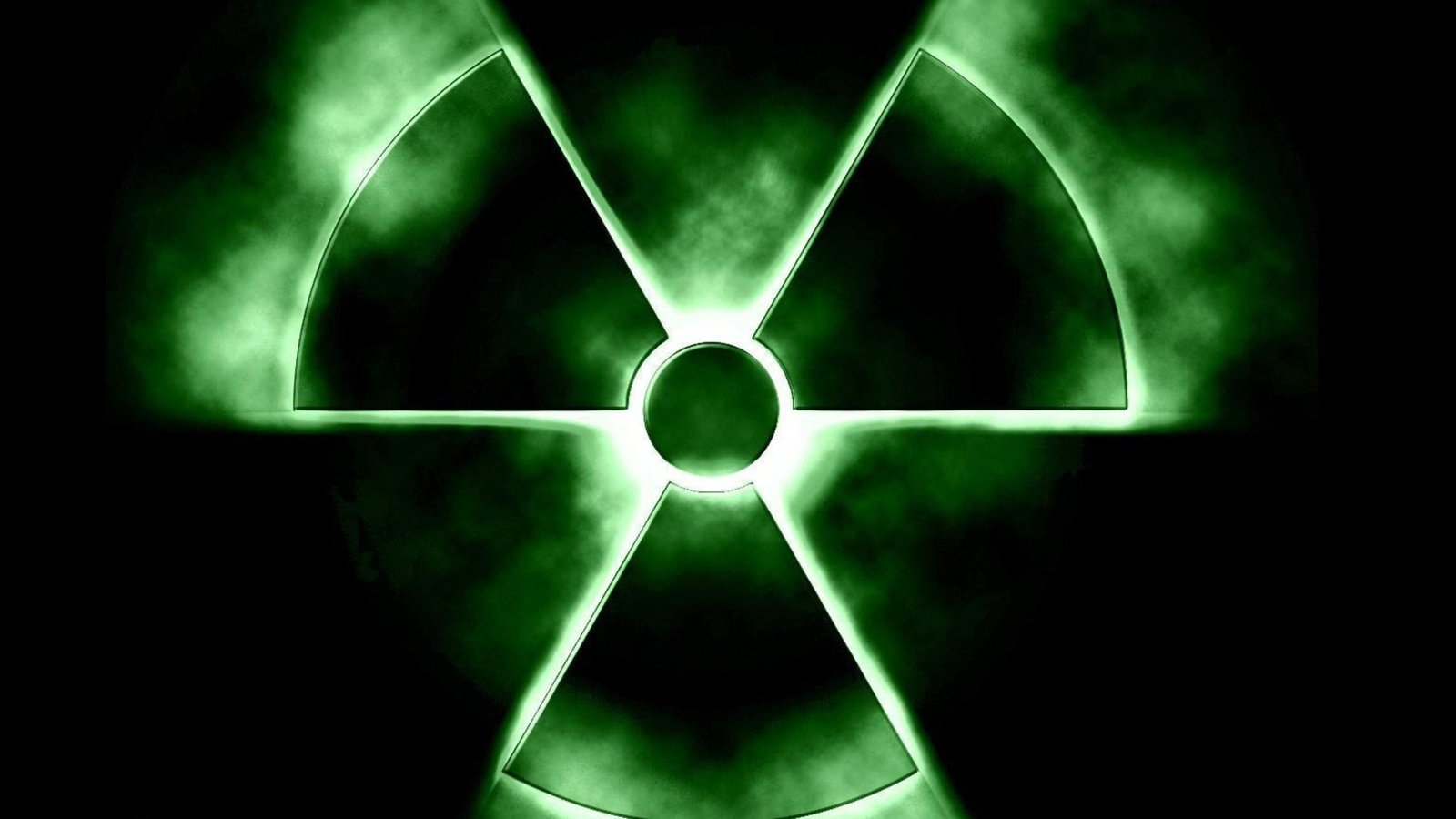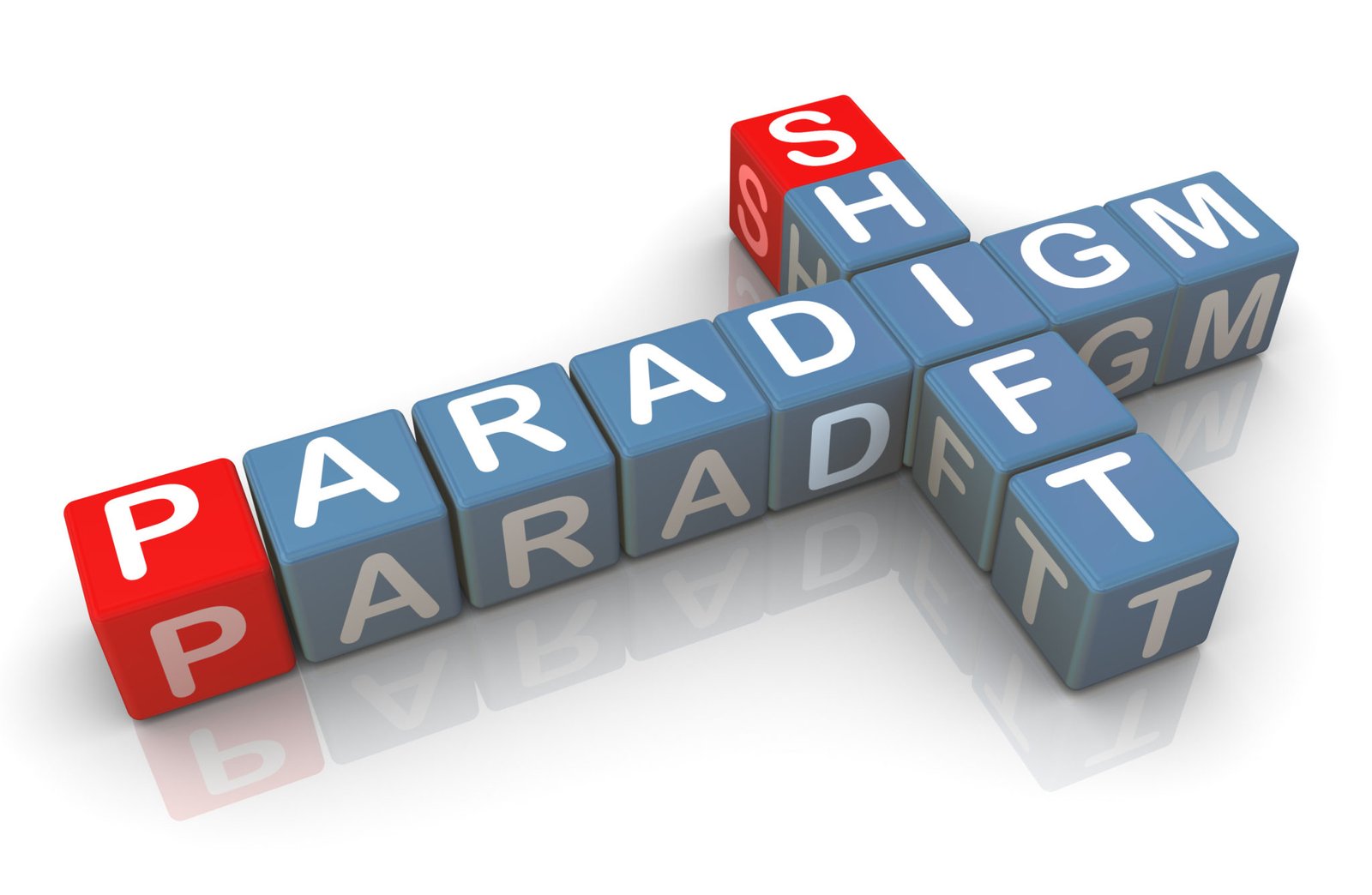Energy Management is the trending buzzword in the construction sector, as the soaring cost of energy along with the environmental legislation and targets to cut down the energy demands are highly pronounced. The aim of this article is to outline the basics of home energy management system implementation strategy.
What is Home Energy Management?
Home Energy Management in general, is the use of technology to monitor, control and conserve energy in our homes.
The home energy management system is a three fold cyclic process as shown below.

Step 1: The energy consumption is usually metered by the utility provider and shall be analysed from the monthly billing.
Step 2: Quantify the opportunities to save energy by identifying the energy waste occurring at homes and finding ways to plug these wastage and also set target for the % energy saving to be achieved. The energy wastage usually occur due to
- inefficient equipment usage.
- inefficient light bulb usage.
- lack of home insulation etc.
Step 3: Corrective actions shall be identified and adopted to plug the energy wastage. These corrective action includes:
- Usage of low consumption Lighting.
- Usage of energy efficient equipment.
- Behavioral pattern changes – Switching off/Dimming the Lights, optimize the operation of HVAC (Heating Ventilation and Air Conditioning) system when not in use.
The above mentioned steps shall be repeated in cyclic manner till the energy saving target is achieved.
Home Energy Management – Implementation Strategy:
Once step 1 and 2 are followed with the energy saving targets set, the third step is to find the energy wastage and start plug them one by one. The following are some of the energy optimization methods.
- Low consumption Lighting:
The trend in the lighting industry is the LED luminaire. The LED luminaire is having the following advantages
Extremely low energy use
Long lifespan
High-quality light
Durability
Less Maintenance
Inherent controllability (instant on/off, full-range dimming) creating additional energy savings opportunities
The following chart (1) gives a brief comparison of energy use and energy cost/year for the different type of luminaire.

Even though the first cost of LED is more, due to the long lifespan and high energy efficiency, the LED is having the least energy cost per year as can be seen from the chart above.
(1) https://www.nrdc.org/sites/default/files/lightbulbguide.pdf









Comments